Indistylemen
The Eyeglasses Guide for Men, Part I: History & Style Overview
- Get link
- X
- Other Apps
After the horror of the eyewear in the 80’s and 90’s, eyeglasses have turned a sartorial corner. They are no longer dreaded but necessary accessories, because classic styles are making a comeback. Now glasses are affordable, optional accessories that you can use not only to correct your vision but to boost your style as well.
Like sunglasses, glasses can have a powerful affect on your style statement. In this guide, we will discuss why you should wear glasses, history, classic style options, and where to find the most interesting pairs.

Michael Caine wearing statement rectangular glasses in the 60s
What’s to Love About Glasses?
For many of us, getting rid of our glasses (after surgery or contact lenses) was a long-awaited triumph. That begs the question, what’s to love about glasses? Plenty, actually.
- They’re optional these days! Since they are no longer the only way to correct your vision, you can choose to wear them as little or as often as you like.
- Eyeglasses are finally more affordable. With low-cost online eyeglass retailers lining up to take your business where there were once only high-cost, cumbersome optical stores, you can now easily find and afford more than one pair, if you want.
- Quality materials are making a comeback. Since glasses are now more about fashion than function, more retailers are offering materials other than basic plastic and metal.
- You don’t need a prescription to wear them. Like to look of glasses but don’t need them or hate to wear anything but contacts? No problem. Many brands now offer the option of ordering frames with non-corrective polycarbonate lenses. Only you will know.
- Glasses make you look smart. It’s not just a stereotype, it’s actually been scientifically proven. According to Psychology Today, glasses make the wearer appear more intelligent, honest and trustworthy, in addition to reducing your threat level and associating you with a higher social class. If you’re looking to get ahead at the office, getting glasses may just help.
- They add maturity to young faces and youth to mature faces. By pairing mature frames with youthful faces and vice versa, you can change the impression of your age.

Vintage Glasses
History of Men’s Glasses
Glasses have come a long way in the last 700 years. The first mention of eyeglasses in roughly the format we know them today, two-lens corrective frames, in historical texts was in the late 13th century in Italy. Cultures around the world had been experimenting with optics for centuries prior, and the 11th-century Arabic text of the Book of Optics laid the foundation for the creation of modern eyeglasses. By the turn of the 14th century, Venice had established a guild to regulate eyeglasses. This early eyewear employed convex lenses to magnify a subject. The earliest known pair of dual-lens glasses ever discovered was dated to 1400 in Germany.
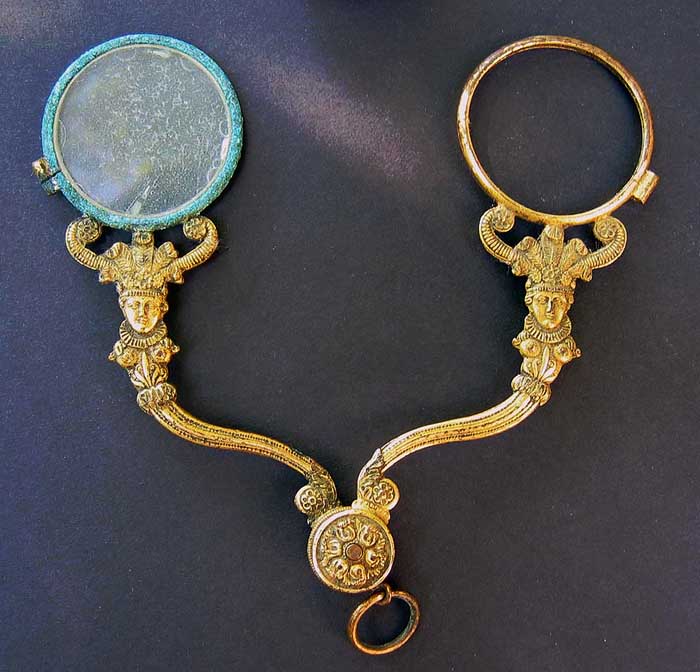
Scissors Glasses French Empire 1805
A few hundred years later, Benjamin Franklin invented bifocals and astronomer George Airy created lenses that could correct astigmatism. Glasses with temples that extended over the ears had been around for years, but glasses that were hand-held (lorgnette) or worn over the nose (pince-nez) dominated the market. Well into the 20th century, glasses were considered a “medical appliance” that was something to be embarrassed about, and they were intentionally designed to be as invisible as possible. It wasn’t until the 1970s that retailers caught on to the consumer demand for stylish eyewear, and the market has exploded since then. Eyeglasses are no longer an accessory to hide but much rather they are a stylish accent that can be used to enhance your outfit or burnish your personal image.
Eyeglasses Construction
Eyeglasses are constructed of several parts. Depending on the frame style, eyeglasses are typically constructed of a pair of rims that secure the lenses, a bridge which connects the two lenses, nose pads, and the temples, which extend over the ears.
Modern day glasses are constructed from many materials, including:
Plastic
Cellulose acetate is a plastic polymer that is made from wood pulp. Unlike other plastics (such as TR-90) which can be made from chemicals and petroleum, cellulose acetate is a plant-based plastic that is molded into sheets. Individual frames are then cut from the sheet and hand polished, which is more resource intensive than extruding plastic and therefore more expensive. Acetate is stiffer, heavier and more durable than standard plastic. Multi-colored patterns such as tortoiseshell are far more beautiful in acetate since the patterns were created over an entire sheet; standard plastic must be molded or worse, painted, to achieve the same affect.
In general, plastics like acetate and TR-90 are hypoallergenic. The main disadvantages are that they are more difficult to adjust, they are heavier than metal, and under stress, they can break or snap. Given the choice, we would highly recommend seeking out acetate for its beauty and durability.
Natural Materials
Though much harder to find and very expensive, it is possible to find frames that are made from bone, horn, shell, or wood. Wood frames are a recent trend, and they are typically constructed similarly to a plastic frame. All wood frames are often made from a hardwood that is then veneered with a more precious wood. Buffalo and deer horn is often hand carved to shape, and beautiful natural striations and a matte finishing make for a distinctive choice. Real tortoise shell is largely outlawed, but a determined person could find vintage frames at specialty retailers.
Natural materials can be a distinctive style choice, but they offer only limited styles and require extra work on the wearer’s part to seek them out.
Original Tortoiseshell glasses are very difficult to find these days as mostly only old stock materials can be made into eyewear these days. As such, they often fetch prices north of $10,000.
Metal
Metal is a lightweight, easily adjustable choice for eyewear. They are ubiquitous in titanium, aluminum and various alloys such as Monel, which is corrosion resistant. Metal is particularly good for thin frames, such as round or rectangular shapes.
There are a handful of disadvantages to metal. They can easily be bent or misshapen, and since metal has a strong “memory” it can be hard, if not impossible, to reform them. People with metal allergies may find they react to metal glasses. Coated metal frames can also lose their finish over time, which will cause metal glasses to age faster than plastic frames.

Round metal glasses are staging a comeback

Glasses can be a signature accessory, such as Woody Allen’s classic frames
Recommended Styles
One of the reasons we love glasses at GG is that so many of the classics are back in style. Here is a selection of styles that are classic yet very modern. Note that there are many variations on each style, so if our recommended frame doesn’t suit you, there is probably a retailer out there with an option for you.
Browline or Clubmaster Glasses
Browline frames are defined by a top-heavy, strong frame along the line of the brow and temples. The lenses are suspended from the top of the frame by thin metal wires, drawing the eye upwards. This style is iconic of the 50s and 60s, when it was worn by famous figures such as Malcolm X and President Lyndon B. Johnson. This style is particularly good at adding maturity to youthful faces, but for more seasoned gentleman it can risk looking dated. This edgier style is great for creative types or those who simply want to blend classic style with a bold statement. Check out these black and gold Copperfield browline frames, $89 with lenses or if you want more customization option, Shuron.
Round Metal Glasses
Round metal glasses have long been the choice for counter-culture, resistance and youth-culture movements, and now they are reentering the mainstream. Favored by Steve Jobs, Mahatma Gandhi, John Lennon and even Harry Potter, they are a bold statement by someone who feels they fall just outside of the mainstream. Today, they can be found in true round shapes to softened round shapes that are a little less aggressive. Great for creative, quirky types. Check out this pair of soft round Ray-Ban 6355 frames here, $185 with lenses.
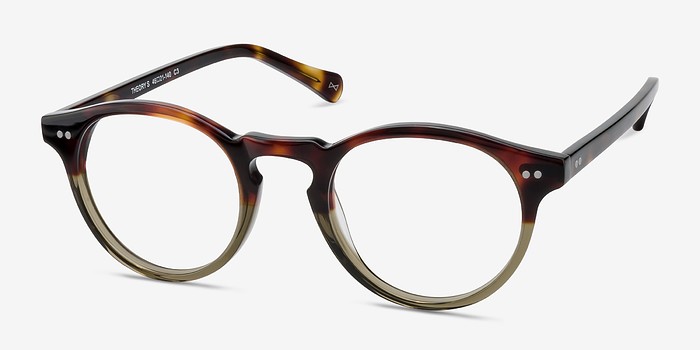
Round plastic frames suit many ages and styles
Round Plastic Frames with a Keyhole Bridge
Unlike round metal frames, round plastic frames with a keyhole bridge are the epitome of classic men’s mainstream eyewear. These frames help add maturity to youthful faces, but unlike browline frames, they also work well for seasoned gentlemen. Overall, this look is ageless, intelligent, and thoughtful. Of course, the material is not the best. So if horn is our of your price range, and you can’t find something in acetate that you like, check out this pair of classic round Theory frames from EyeBuyDirect, $70 with lenses.
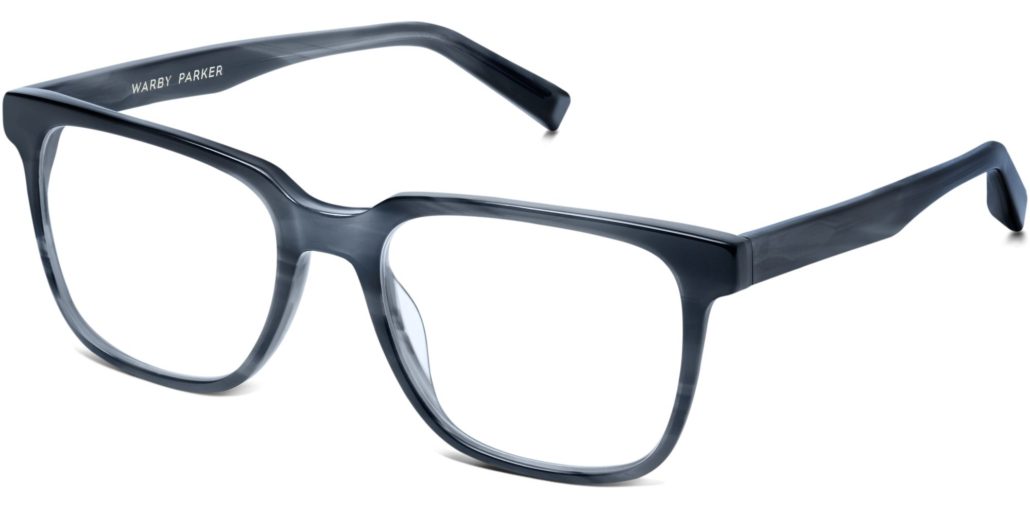
Rectangular frames from Warby Parker $95 with lenses
Rectangular Glasses
Rectangular frames can make a variety of statements. Long, thin frames are simple and pedestrian, while thick rectangles in dark shades can make a bold statement for men of all ages. They are just as fresh and attractive now as they were in the 60’s. This style is particularly good for adding youthfulness to mature faces, especially in bold color choices such as clear, blue, or tortoise shell. They give the impression of confidence, competence, and a touch of edginess to an otherwise classic frame.

Herbert Stricker wearing rectangular frames with a bold dinner jacket
Do you wear eyeglasses? What is your go-to style?
from Gentleman's Gazette https://ift.tt/2nA8XDf
- Get link
- X
- Other Apps
Comments
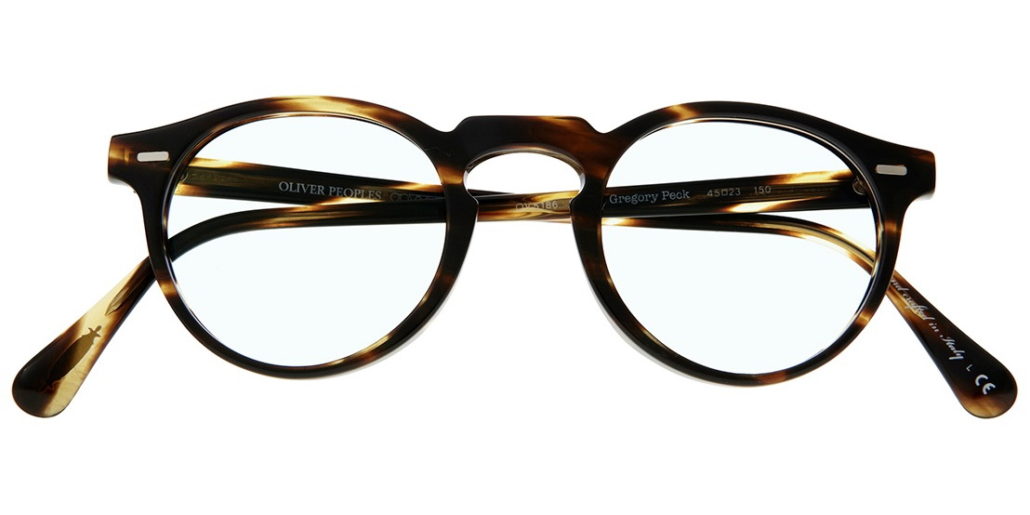

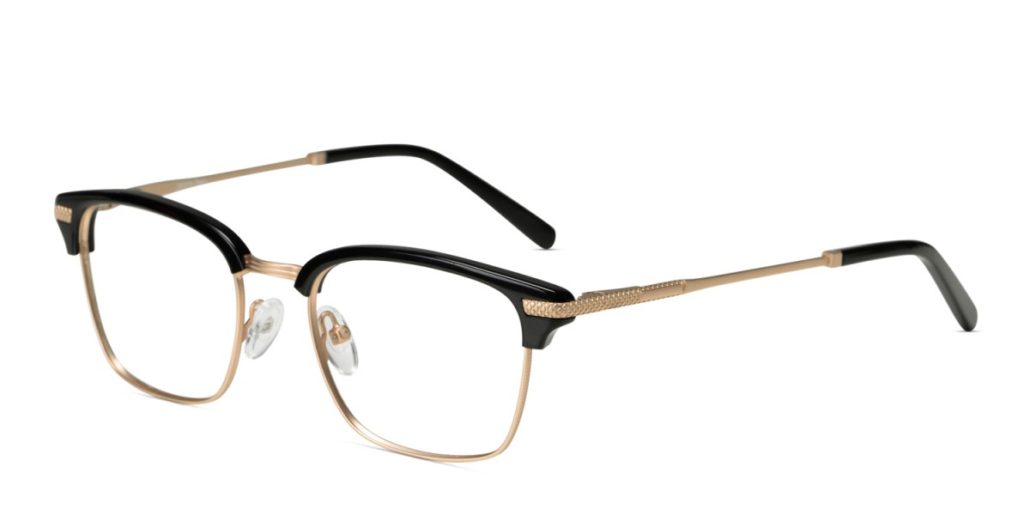
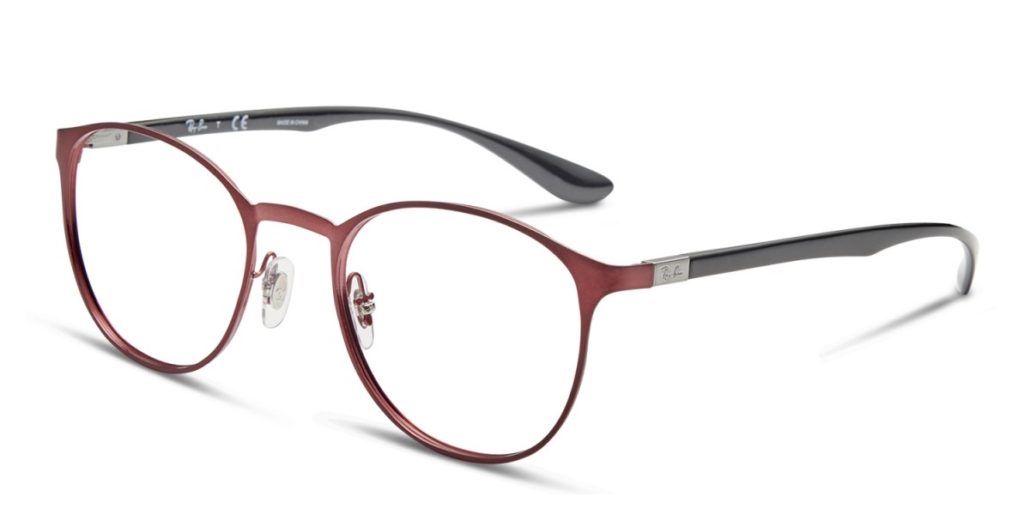
Loch Effects manufactures a diverse collection of ethically made eyeglasses and sunglasses in Canada crafted from 500+ year old wood recovered from the bottom of the Great Lakes. The sunglasses feature leading polarization technology and the eyeglasses are heat adjustable for the perfect fit. Every frame is unique and is backed by a lifetime care guarantee.
ReplyDelete